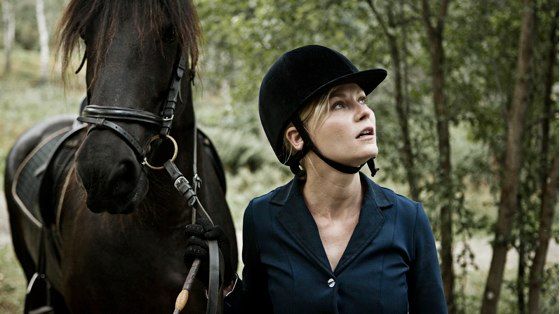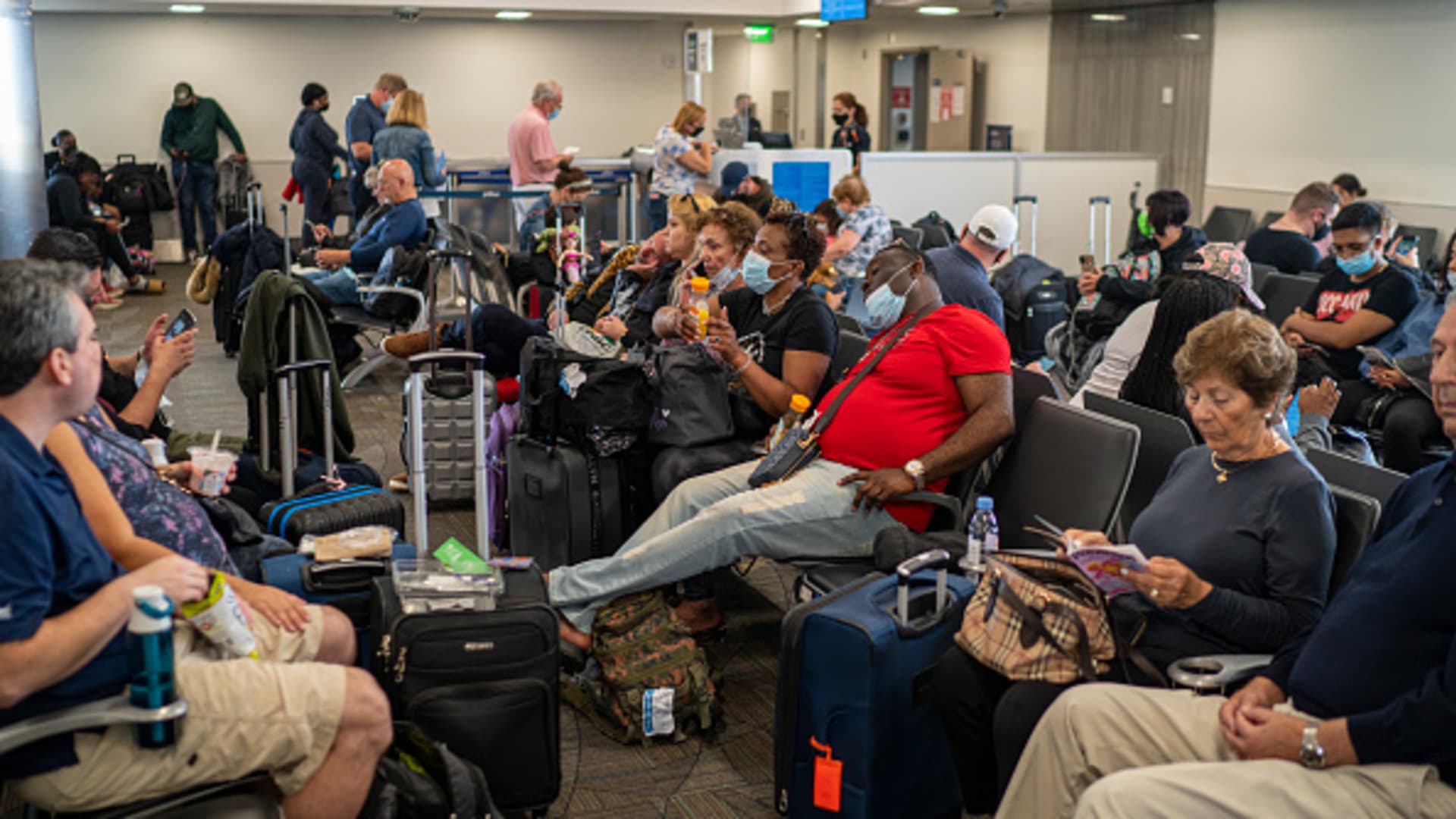How does one deal with constant dread? It’s a question I’ve personally dealt with since childhood when I first learnt about the global catastrophe known as climate change. About a decade ago, the focus was on global warming and the holes in the ozone layer leading to rising seawater levels and whole cities underwater. Nowadays, we have a more complex and thorough understanding of climate change, which unfortunately has led to a peripheral sense of anxiety. If you’re an Australian like me, unbearably hot summers suddenly shifting into violent cyclones and never-ending floods have unfortunately been the norm for the last decade or so. In fact, around the time I first learned about climate change was the then record-breaking 2009 Black Saturday bushfire season in Victoria, Australia. A decade later, this horrific record was broken by the 2019-2020 Australian bushfire season, as families fled their engulfed homes while large portions of our unique biodiversity were eradicated. Currently, Eastern Australia is grappling with another set of flood disasters that seemed unthinkable three years ago when the country’s drought seemed never-ending.
Young Australians such as myself have grown up with natural disasters as the norm, inevitable in such an unusually volatile climate but with a newfound intensity and scale caused by human-induced climate change. As such, our generation is particularly affected by climate anxiety, with many fearing that a bleak, practically unlivable future lies ahead. It’s difficult to articulate this inescapable dread that is only magnified with each news article on a record-breaking climate disaster, whether in our home country or abroad. However, Lars Von Trier’s Melancholia perfectly encapsulates this anxiety, as the protagonists contend with mental health issues amid a possible wholesale catastrophe. The parallels between our own uncertain future and the inevitable doom in Melancholia are striking, as humanity grapples with a situation beyond its capabilities.
Melancholia depicts two sisters known as Justine (Kirsten Dunst) and Claire (Charlotte Gainsbourg), each of whom struggles with mental health issues throughout the film. In Justine’s case, her depression had long affected her and severely interrupted her life schedule, despite her attempts to either ignore or progress past her mental illness. As her relationship with her immediate family and newlywed husband begins to break down, Justine is almost powerless against the sudden wave of depression leading to an inevitable rapid downward spiral. Backdropping her wedding is the imminent passing of the rogue planet Melancholia, an object of both fascination and dread for humanity. Melancholia’s passing instills the normally stable Claire with perpetual dread, as its collision with Earth would destroy all life including her young son. While scientists such as Claire’s husband, John (Kiefer Sutherland), predict that Melancholia will safely pass, both sisters still remain anxious about its arrival.
Justine’s relationship with Melancholia seems almost supernatural, as the opening dream sequence cuts between a dead-eyed Justine in the middle of a depressive episode and the planet’s collision with Earth. It’s as if the two are one and the same, as objects that rapidly change course and cause deep strife and immense devastation. As an almost prophetic character, Justine’s depression is somewhat implied to have been caused by the knowledge of Melancholia’s eventual collision with Earth. Perhaps long burdened with the knowledge of the planet’s inevitable destruction, Justine couldn’t ever truly be happy nor form and maintain long-term connections.
Instead, she decides to destroy her relationship with both her husband and employer in the course of one night, the latter by needlessly insulting him and the former by having an affair the night of their wedding. It’s as if Justine doesn’t even fear the consequences of her actions, having perhaps foretold Melancholia’s arrival and thus her and her loved ones’ deaths. Her character speaks to the most pessimistic sufferers of climate anxiety, those that believe that the Earth’s future is sealed and that humanity has long lost its chance to right its wrongs. In Justine, one sees the long-term mental health impacts on the youth that have grown up with the knowledge of climate change and the inaction of their governments that magnify and prolong its effects.
Contrastingly, Claire’s anxiety emerges in the second half of the film and simmers beneath the surface rather than collapsing in on itself as Justine’s does. As Claire takes in her unwell sister in the aftermath of her disastrous wedding, she attempts to rehabilitate Justine while dealing with the constant dread of Melancholia. Her dread borders on obsession as she constantly monitors its progression on the internet, in a 2011 version of our modern-day doom scrolling. Unable to turn her attention from Melancholia, Claire parallels our own experiences with monitoring climate change in the age of the 24-hour news cycle as constant updates on the planet’s deteriorating condition leave many of us in a state of perpetual anxiety.
While Justine seems to come to terms with Earth’s destruction, bathing nude in the moonlight and longing for the inevitable end to her long-term suffering, Claire remains in a stalemate position between nervously hopeful and pessimistically despaired. She’s particularly fearful that her young son’s, Leo (Cameron Spurr), life will come to such a short end, which likewise points to our own fear for younger generations and a reluctance among many Zoomers and Millennials to have children amid such uncertain times. As Melancholia approaches closer to Earth, Claire increasingly breaks down from her stress and anxiety despite her husband’s assurances. By the time it becomes clear that Melancholia will indeed impact the Earth, both Justine and Claire have come to somberly accept their circumstances while shielding Leo away from their harsh reality. Their acceptance of the inevitable again speaks to the increasing apathy and hopelessness among some youth.
Despite such bleak prospects for many fellow Zoomers and Millennials, it is important to remember that as familiar as Melancholia might seem, it’s still just a film after all. Climate change action is still possible even after decades of lackluster progress. While Australia may have borne the brunt of consecutive, “once-in-a-lifetime” natural disasters, our recent change in government conveys a burning desire for action among young people. While our eternal climate change anxiety won’t likely abate anytime soon, merely giving up and accepting the inevitable like Justine and Claire is not the right course of action. In our case, humanity does have the ability to prevent such a dystopian future, and we owe it to all the children long burdened with such depressing knowledge to act decisively on climate change.
























































![Key Metrics for Social Media Marketing [Infographic] Key Metrics for Social Media Marketing [Infographic]](https://www.socialmediatoday.com/imgproxy/nP1lliSbrTbUmhFV6RdAz9qJZFvsstq3IG6orLUMMls/g:ce/rs:fit:770:435/bG9jYWw6Ly8vZGl2ZWltYWdlL3NvY2lhbF9tZWRpYV9yb2lfaW5vZ3JhcGhpYzIucG5n.webp)


.jpg)

















